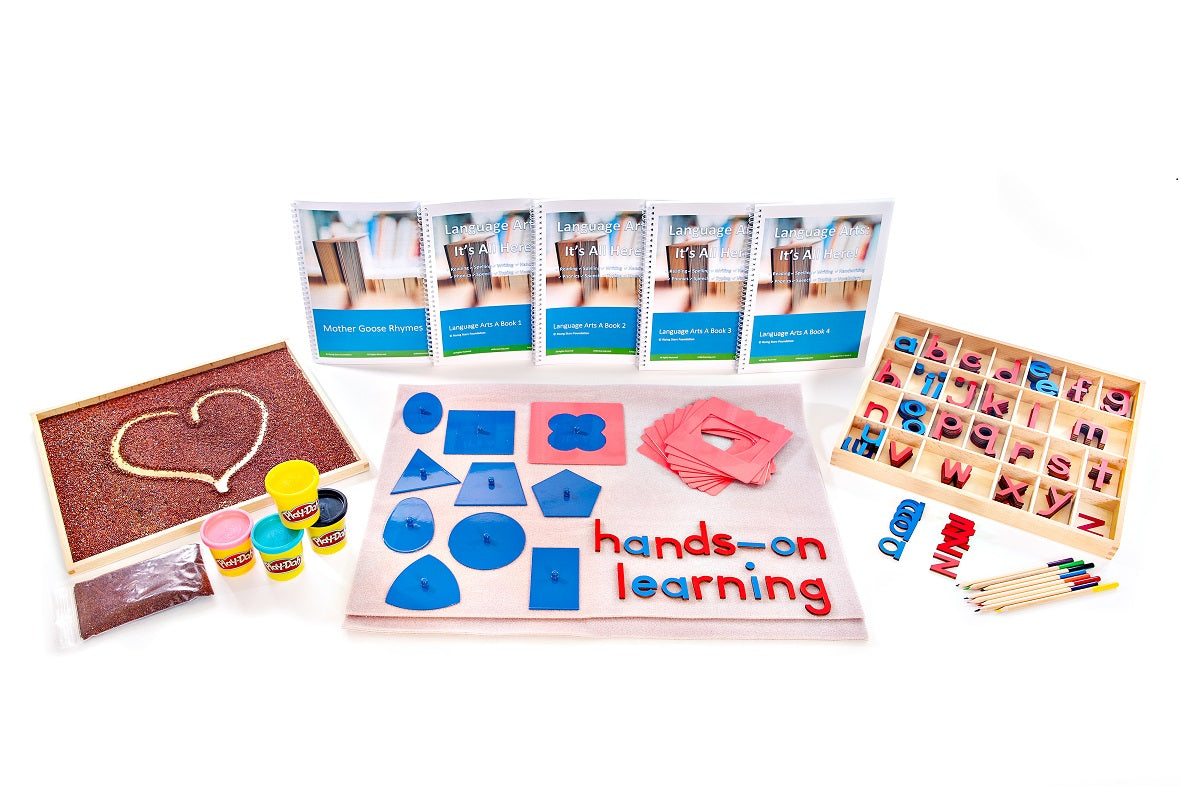How to Avoid Pitfalls In a Homeschool Curriculum Switch
Did you know a large majority of homeschoolers who change curriculum, do so mid-year? If something isn’t working for you- don’t torture yourself (or your kids) with it! Part of the joy of home education is that we can customize it. If something needs tweaking, we have the freedom to adjust. Even if it means a mid-year change.
Switching curriculum can be a bit anxiety provoking. We already know how to homeschool. It can make us start to second guess our ability when we need to make a change. It doesn’t need to! Not all materials follow the same scope and sequence. Not all curriculum covers the same things for the same ages. Even discerning which levels your student(s) need can be difficult. Especially with a mid-year switch. If you’re ready to take the leap of faith to a mid-year switch, we hope this information will be helpful.
How to Avoid Pitfalls in a Mid-Year Homeschool Curriculum Switch
Signs you might want to think about switching your homeschool curriculum
How do you know if a mid-year switch is right for you? If you’re finding yourself in any of these situations, you may want to think about a change:
- Your children dread school
- Arguments occur over lessons
- Tears! There should not be tears in school
- You don’t like teaching the materials
- The materials are requiring too much prep work
- Special needs or learning disabilities are diagnosed
- Major life change occurs- such as the birth of a baby, major move or job change, significant illness, or any other circumstance that changes your schedule
- The kids are bored
- School is stressful
- Lessons are too challenging
- Lessons are too easy
- Lessons don’t make sense
- It doesn’t fit your student’s learning style
- You find yourself browsing other choices online
- Something new came onto your radar you can’t stop thinking about
- You don’t like it- no other reason needed
If any of these are relatable, it’s safe to say a mid-year switch may be in your path.
How to decide what to switch to
If you know a switch is needed, how do you decide what to move onto? Unless you have fallen in love with something else- you’ll need to find something new.
First, make a list of the reasons why you want to switch. Think through everything you don’t love about your current materials. Write down all the concerns, problems, frustrations, etc. This doesn’t need to be in-depth. Jot them down and get them out of your mind and on to paper. No guilt. No worries.
Next, Look over the list to see if there’s any way you can modify your homeschool curriculum. If you don’t like it because it’s too easy, can you skip ahead to lessons later on? If the children are getting bored but you love the material, can you shorten the length of time on lessons? Often quality is much more valuable than quantity. If the lessons don’t fit your child’s learning style, can you make a few simple adjustments to fix it? Start looking into options if you can’t find a way to modify what you’re working with currently.
Then, make a list of anything you liked from your previous materials. Also, make a list of things you’d like to see in your new materials. Use those phrases for your web search. Hop onto your favorite homeschool forum or Facebook group to ask for suggestions. By thinking through it all, you have good keywords to search for and generate discussions.
Last, pull the plug. Sell your old materials and move onto something new. No guilt over not seeing the other material through to completion. This is why we homeschool. For freedom and flexibility!
What to do when the new materials arrive
The materials have come. Your bright, shiny new curriculum is here. What do you do next? Go to the middle and start from there? Start at the beginning? It feels a lot easier to start at the new year right from the start. Don’t be scared! It doesn’t have to be difficult to figure out where to start. You won’t need to sit down and read through every single lesson trying to decide what your student does and does not need to cover. Take the joy in knowing how to homeschool and get ready to make your journey even better.
ShillerLearning has made this process totally pain-free and easy. You could switch curriculum mid-year, a month into school, or with only a few weeks left. We’ve set it up to be easy to know exactly where to start, and exactly what lessons to cover.
In each of our books, we have assessments. They’re not boring blue book tests. No filling in bubbles, confusing multiple choice, or stress. ShillerLearning testing is multisensory; these are set up in a way that is fun and engaging for kids. We hear all the time from parents how excited their children are when they get to an assessment section. (It happens to be my son’s favorite part, he literally jumps up and down.)
Everything is 100% scripted for you. All you need to do is open up the first book and read the script. Have the manipulatives for the book available as well. Depending on the level of knowledge with Montessori materials, you may wish to briefly introduce the materials. If neither of you are familiar with them, don’t worry. The assessment will help you figure out exactly what lessons you need to cover with which materials. (Told you we made it easy!)
How to determine the starting point for your new homeschool curriculum:
1. Grab a pencil for your student, and something for you to write notes on.
2. Open up to the first assessment in the first book of your kit. They are called “Review Tests” in the book. We have you go through them first to see what exactly needs to be covered. Then you go through them again after finishing the section to assess competency and closure. You’ll also want to have the answer guide available.
3. Read the brief opening script about what the assessment is.
4. Begin the assessment. All you need to do is read the script. Each question tells you which lesson number covers that subject. If the child is unable to answer the question, make note of the lesson number you need to cover.
- If a student knows the answer but still wants to cover that lesson, that’s fine too! Children often like to repeat lessons or subjects. We call this gaining competency and closure.
- If the child knows all the answers to the first review test, move onto the next one. You may need to complete several review tests before getting to the right section for your student. In some cases, you may even need to move onto another book. (In the case that you find you’ve purchased the wrong kit, please give us a call and we’ll swap you out for the proper kit! You also have the option of purchasing the diagnostic tests to help determine which kit is right for your student.)
5. Begin at the first lesson your child needed to cover. As you work through the materials, allow them the opportunity to work through all the lessons if they desire. It’s always ok for students to cover a lesson even if the review test didn’t say they needed to.
6. Enjoy the peace, joy, and ease that comes from an open-and-go curriculum that covers all the learning styles!
Like this? Check out this post on Choosing a Homeschool Math Curriculum.






